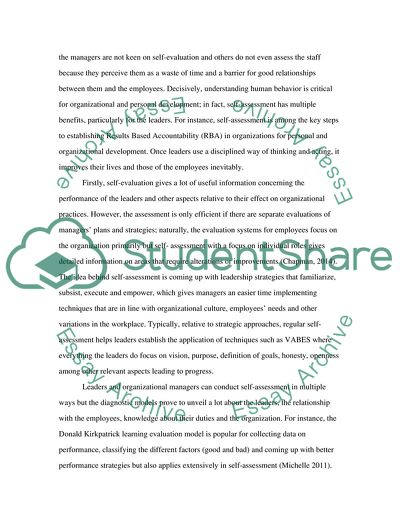Cite this document
(Workplace Prejudice and Negative Corporate Behavior Assignment Example | Topics and Well Written Essays - 1500 words, n.d.)
Workplace Prejudice and Negative Corporate Behavior Assignment Example | Topics and Well Written Essays - 1500 words. https://studentshare.org/social-science/1880239-organisational-behaviour
Workplace Prejudice and Negative Corporate Behavior Assignment Example | Topics and Well Written Essays - 1500 words. https://studentshare.org/social-science/1880239-organisational-behaviour
(Workplace Prejudice and Negative Corporate Behavior Assignment Example | Topics and Well Written Essays - 1500 Words)
Workplace Prejudice and Negative Corporate Behavior Assignment Example | Topics and Well Written Essays - 1500 Words. https://studentshare.org/social-science/1880239-organisational-behaviour.
Workplace Prejudice and Negative Corporate Behavior Assignment Example | Topics and Well Written Essays - 1500 Words. https://studentshare.org/social-science/1880239-organisational-behaviour.
“Workplace Prejudice and Negative Corporate Behavior Assignment Example | Topics and Well Written Essays - 1500 Words”. https://studentshare.org/social-science/1880239-organisational-behaviour.


